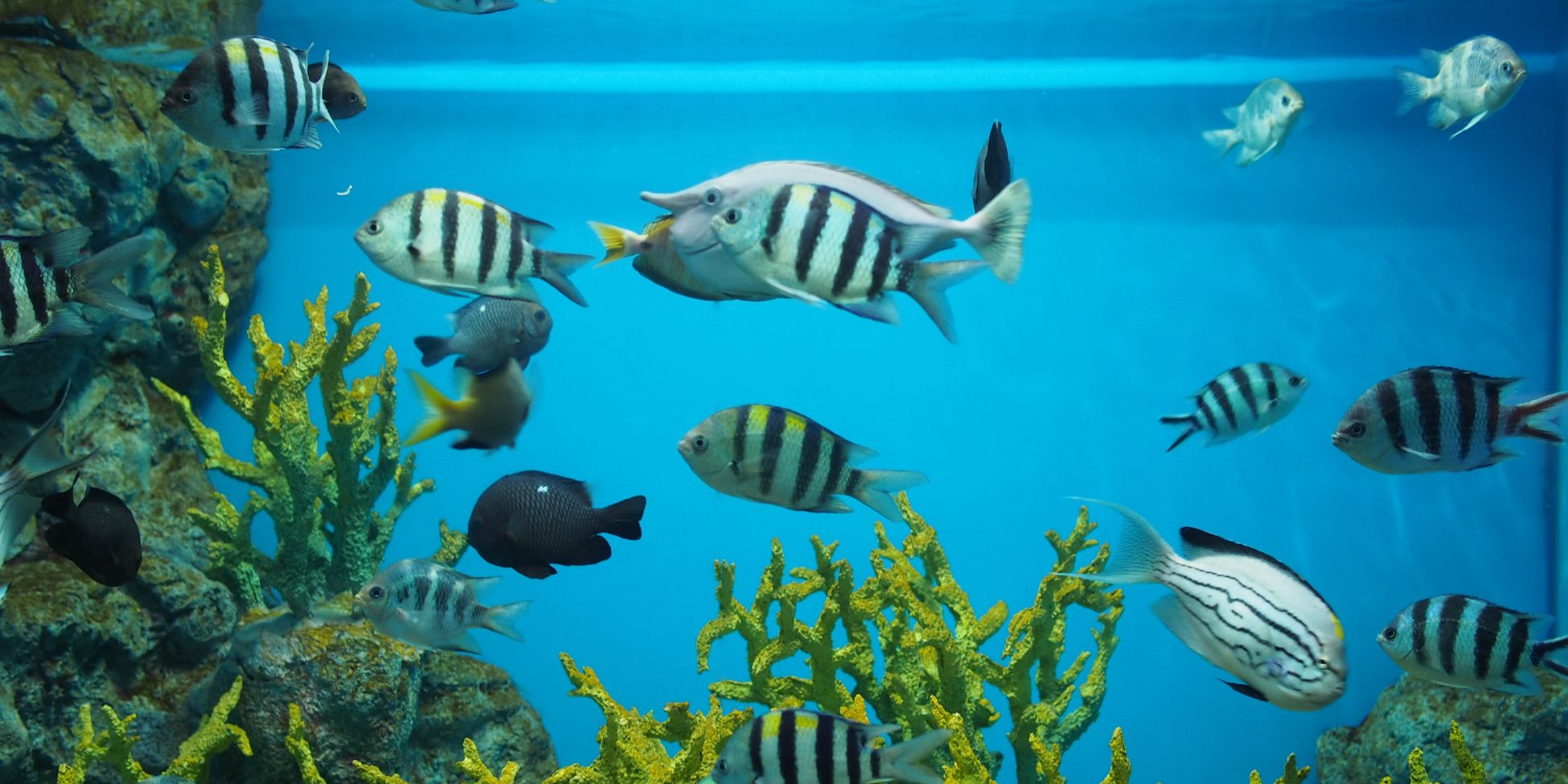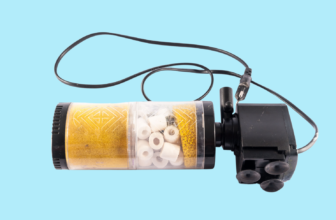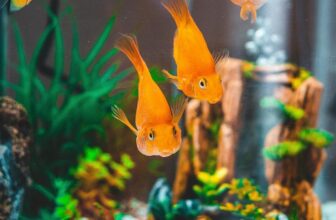
When starting your fishkeeping journey, selecting the right tank is crucial for the well-being of your aquatic pets. Consider factors like tank size, filtration systems, and other essential features to create a suitable environment. But what truly makes a fish tank beginner-friendly? Stay tuned to discover key insights into choosing the best tank for novice fishkeepers and set yourself up for a successful and fulfilling fishkeeping experience.
Tank Size Recommendations
When choosing a fish tank size, consider the space available and the type of fish you plan to keep. The size of your tank is crucial for the health and well-being of your aquatic pets. For beginners, it's generally recommended to start with a 20-gallon tank. This size provides a good balance between being manageable for newcomers and offering enough space for a variety of fish species.
Larger tanks are often more stable and easier to maintain due to the increased water volume. If you have the space and budget, a 40-gallon tank would be even better as it offers more flexibility in terms of the types and number of fish you can keep. Remember that certain fish, like goldfish or bettas, have specific space requirements, so always research the needs of the species you plan to have in your tank.
Ultimately, choosing the right tank size is the first step towards creating a thriving aquatic environment for your fish.
Essential Features to Consider
To ensure a successful setup, prioritize key features when selecting a fish tank for your aquatic pets.
Firstly, consider the tank's size, ensuring it provides ample space for your fish to swim and grow comfortably. Look for tanks with sturdy construction to prevent leaks and ensure durability.
Opt for tanks with a filtration system to maintain water quality by removing waste and chemicals. A heater is crucial for tropical fish to thrive in a stable and warm environment.
Lighting is essential for both the aesthetic appeal of the tank and the well-being of your fish and plants. Choose a tank with easy access for maintenance tasks such as cleaning and water changes.
Additionally, consider tanks with a hood or cover to prevent fish from jumping out. Lastly, think about the overall design and aesthetics of the tank to create a visually pleasing aquatic environment in your space.
Beginner-Friendly Tank Setups
Creating a beginner-friendly tank setup involves selecting the right components for your fish's well-being and your enjoyment. To start, opt for a tank size that suits the fish you plan to keep, ensuring they've enough space to swim comfortably. A 20-gallon tank is a good starting point for beginners as it offers a decent amount of room without being too overwhelming to maintain.
When setting up your tank, consider adding a filter to help keep the water clean and a heater to maintain a stable temperature for your fish. Choosing easy-to-care-for fish species like bettas, guppies, or tetras can also simplify the setup process. Adding live plants not only enhances the aesthetics of your tank but also provides oxygen and hiding spots for your fish.
Keep decorations simple to make cleaning easier. By selecting the right components and fish species, you can create a beginner-friendly tank setup that's both visually appealing and conducive to the health of your aquatic pets.
Maintenance Tips for New Fishkeepers
For new fishkeepers, maintaining a clean tank is essential for the health of your fish. Regularly check your fish tank's water parameters using a test kit to ensure optimal conditions. Perform partial water changes of around 10-15% weekly to remove waste and replenish essential minerals.
Clean the tank walls and decorations with a sponge or algae scraper to prevent algae buildup, which can negatively impact water quality. Vacuum the substrate during water changes to remove debris and uneaten food that can decay and release toxins.
Monitor the temperature with a reliable thermometer and adjust as needed to keep it stable. Remember to check your filter regularly and clean or replace the filter media to prevent clogging and maintain efficient filtration.
Lastly, observe your fish daily for any signs of illness or stress, as early detection can prevent larger issues. By following these maintenance tips, you can create a healthy environment for your fish to thrive.




